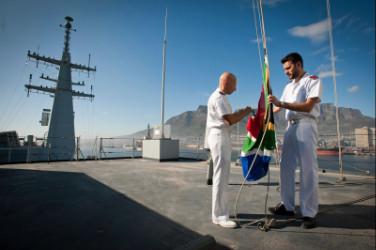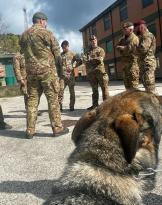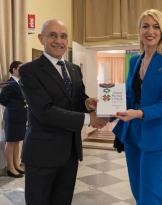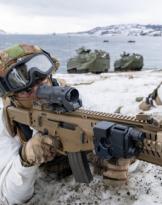"Lower the sails!"
Let's imagine this was the order that the Portuguese adventurer, Bartolomeo Diaz, in 1487, gave to his sailors near the waters of the Cape of Good Hope, renamed Cape of Storms on that occasion. Where two of the four elements, water and air, meet and collide there is the so-called "oceanic ring" dominated by strong currents and gusts of wind that blow in the opposite direction to the Earth's rotation, creating a real swirling "ribbon transporter ”: finis terrae, witness of the universal embrace between the Atlantic and Indian Oceans.
Diaz was a real precursor. The Cape of Good Hope today represents an important crossroads of commercial, scientific and other routes, including humanitarian ones; it is following in the wake of the ships that have made the history of the nautical world that the 30th Naval Group, of the Italian Navy, plows the waves, landing, from 5 to 11 February 2014, in Cape Town, South Africa, as part of the Campaign " The Country System on the Move ".
It was John II, King of Portugal, who called him the Cape of Good Hope. This discovery infused renewed confidence in opening new trade routes with Asia.
A few years later, another Portuguese navigator doubled the Cape, circumnavigating Africa and taking to Asia: Vasco da Gama, who received the order, from the King of Portugal to explore the route pushing well beyond the newly discovered strip of land. With Vasco da Gama, for the first time, a European ship landed in India.

Source: Military Navy












